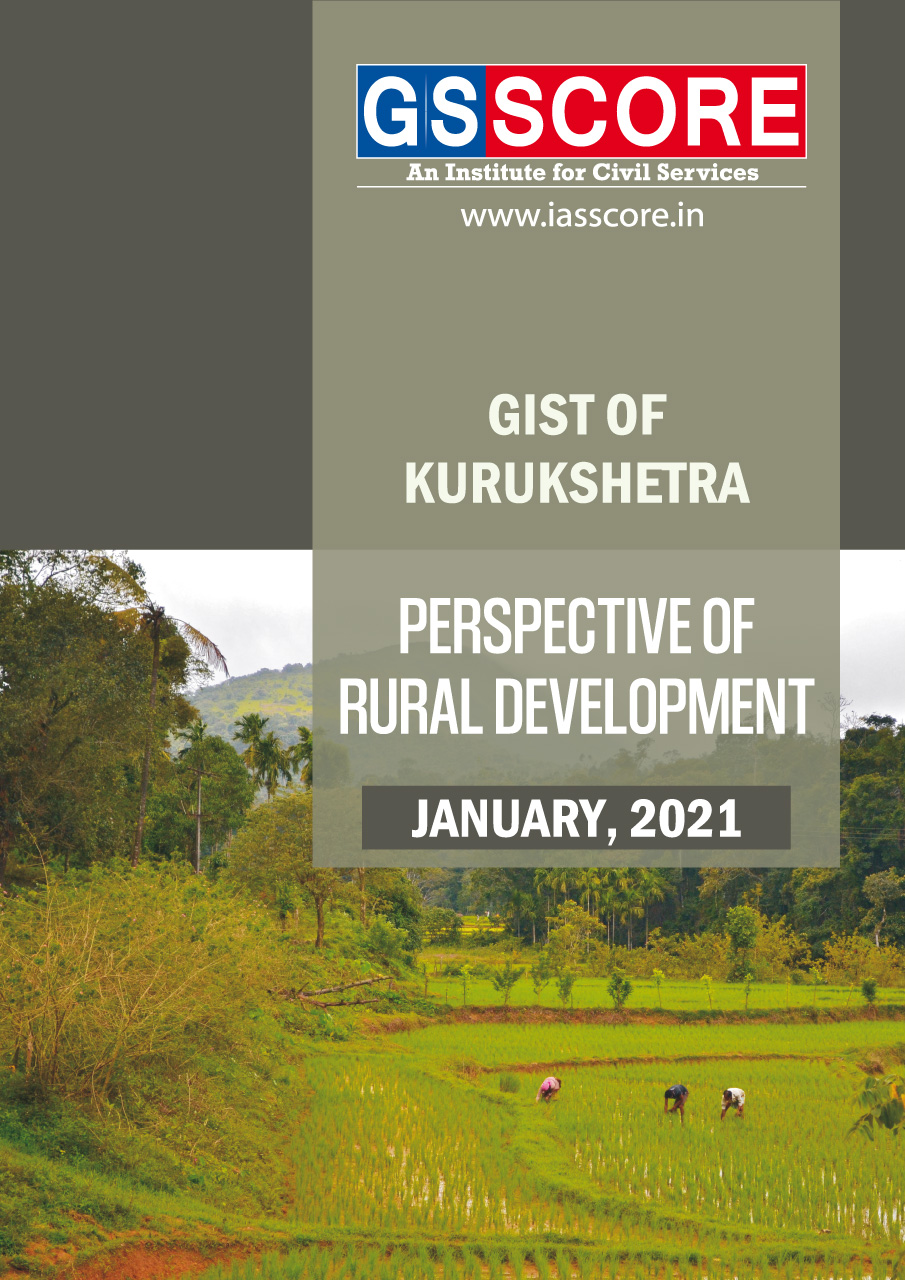


Perspective of Rural Development
Introduction
A very important facet of rural development has been the Swachh Bharat Mission. This issue looks at how the Swachh Bharat Mission in its second phase will provide impetus to the rural economy through construction of household toilets and need based community sanitary complexes, as well as the infrastructure for solid and liquid waste management. This issue also outlines the many infrastructure schemes for rural India.
Health, education and infrastructure facilities are the cornerstones of social and economic development. Programmes such as Samagra Shiksha and BetiBachaoBetiPadhaohave been playing a major role in ensuring quality education for rural India. Rural entrepreneurial talent and frugal innovations catering to rural markets have the potential to revolutionise the rural ecosystem. The only requirement is some nurturing and handholding. The advent of new reforms in the agricultural sector offers an opportunity to the young innovators living the agricultural challenge to institutionalise local solutions.
Doubling rural incomes is one of the biggest objectives of government policies. This will be possible only if animal husbandry is integrated into agriculture and allied sectors with the salient policies ensuring their effective as well as timely implementation.
Related Articles



